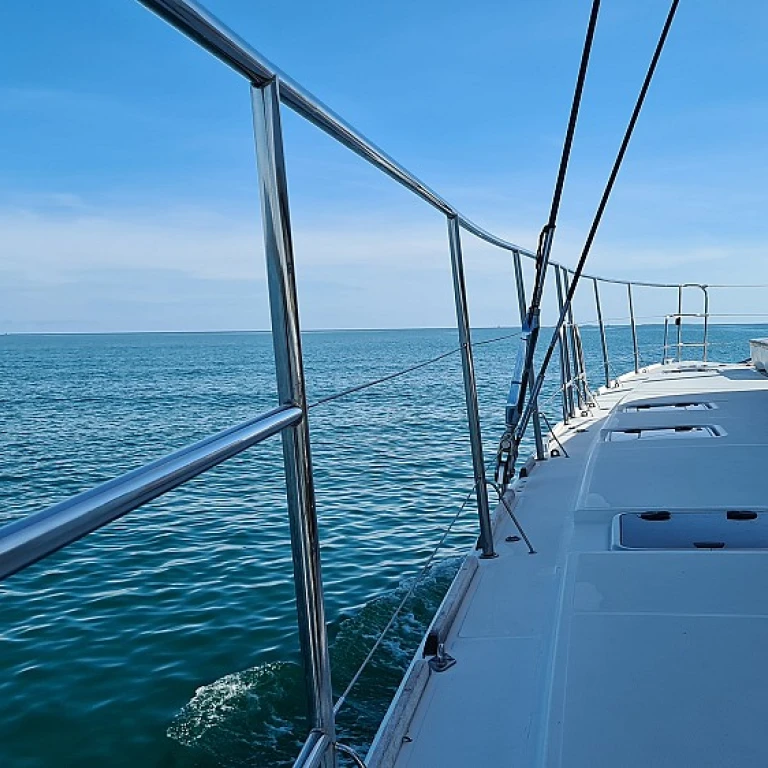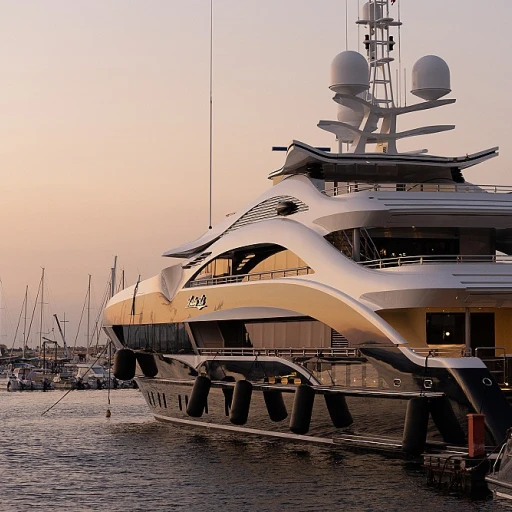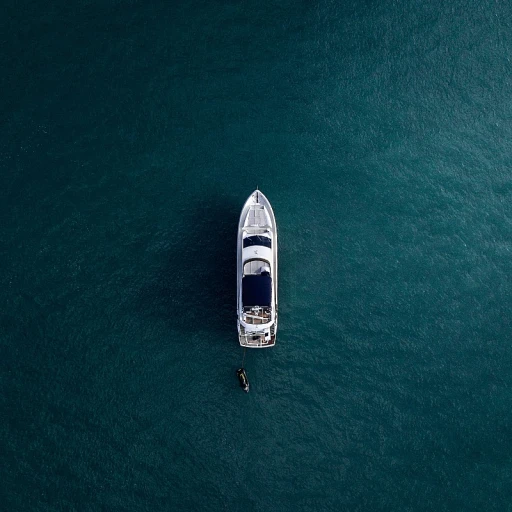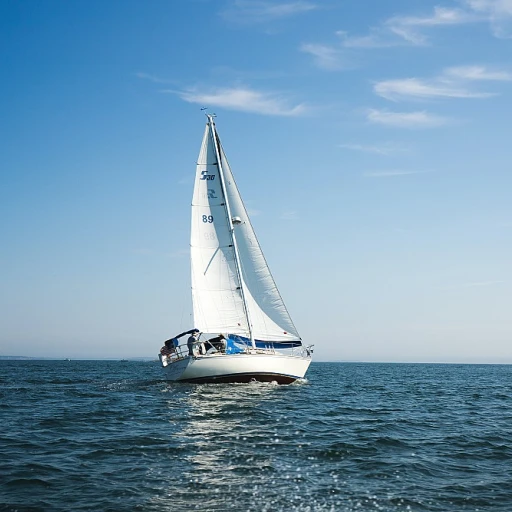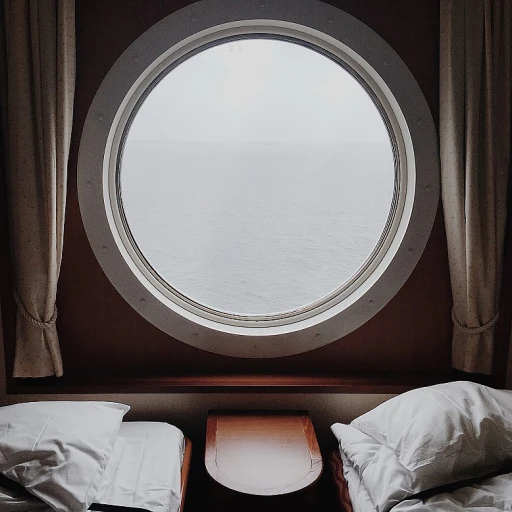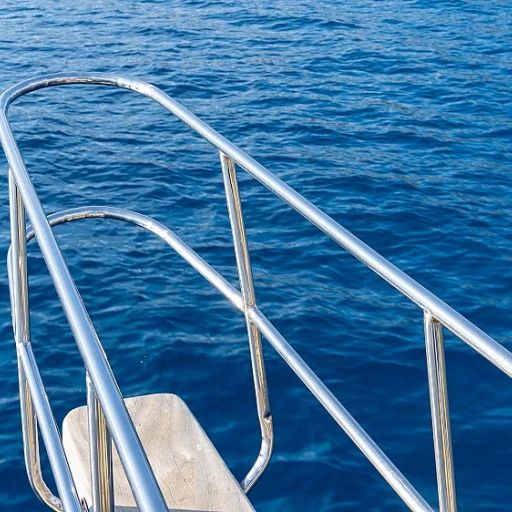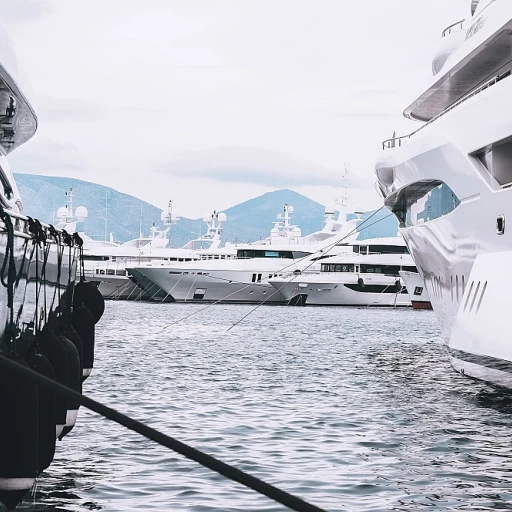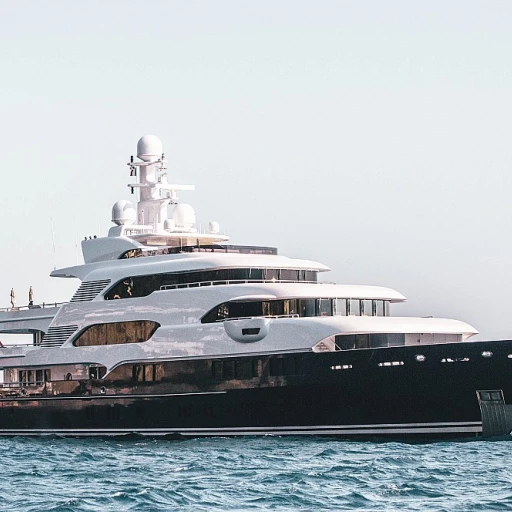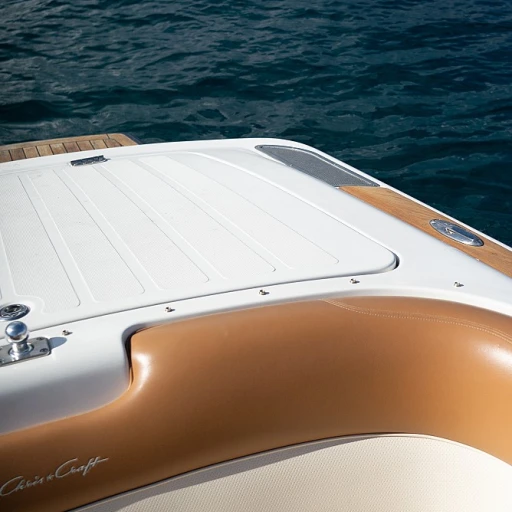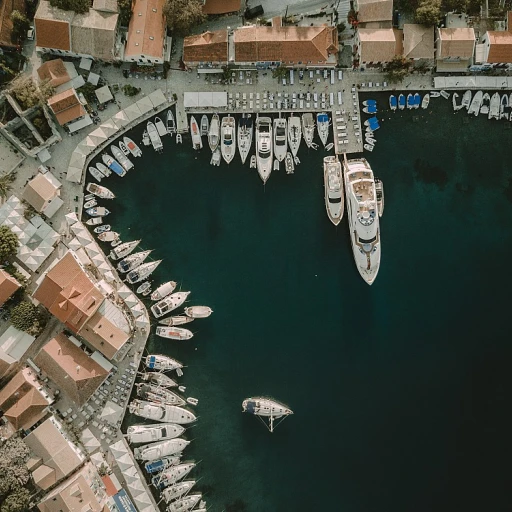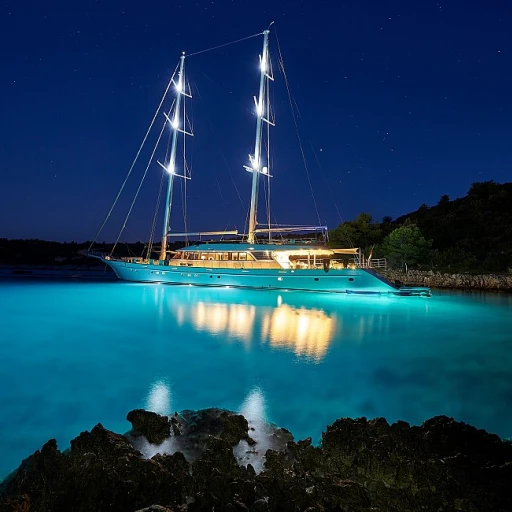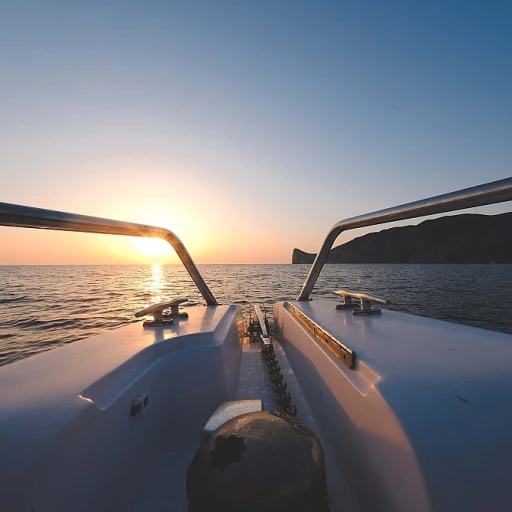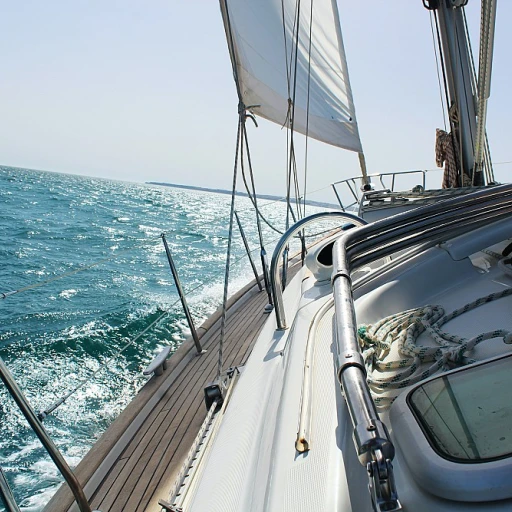
Understanding Marine Paint Types
Delving into Marine Paint Varieties
Understanding the different types of marine paint is crucial for preserving the beauty and longevity of your boat. The marine environment demands paints that can withstand harsh conditions, including exposure to saltwater, UV rays, and varying temperatures. Here's a breakdown of key types of paints you'd encounter:- Topside Paint: Designed for areas above the waterline, topside paints, such as wet edge and rust oleum, provide a glossy finish and are easy to apply to fiberglass or aluminum surfaces.
- Antifouling Paint: Essential for the boat's bottom. This paint prevents marine organisms from adhering to your hull, ensuring smooth sailing and reduced fuel consumption. Brands like TotalBoat offer popular options.
- Epoxy Paint: Known for its excellent adhesion and durability, epoxy paint is ideal for use on fiberglass boats, providing a robust surface that can handle extensive wear and tear.
Factors to Consider When Selecting Boat Paint
Essential Considerations for Boat Paint Selection
Choosing the right paint for your boat can be an overwhelming task due to the variety of options available on the market. However, taking certain crucial factors into account will streamline the process and ensure the longevity and aesthetic of your vessel.
- Boat Material: The material of your boat, whether it’s fiberglass, aluminum, or wood, dictates the type of paint you should consider. Fiberglass boats generally require a different approach compared to aluminum ones.
- Environmental Conditions: Consider the conditions your boat will be exposed to, whether freshwater or saltwater, as these environments will influence the durability of the paint. Antifouling paints are a must for boats operating in saltwater due to their protective properties against marine growth.
- Intended Use: How you plan to use the boat (e.g., racing or cruising) and the areas you frequent (e.g., warm vs. cold waters) can determine the best type of paint.
- Application Area: Whether you’re painting the topside or bottom of your boat can change the type of paint required. Products like topside paint and bottom paint are specifically formulated for their respective areas, offering optimal results.
- Finish and Color: If aesthetics are a priority, consider the finish and color that best suits you. White and other neutral colors are popular for their classic look, while brighter colors can make a boat stand out.
- Budget: While it might be tempting to opt for more affordable options, balancing price with quality will ensure the best results. Some trusted brands, like TotalBoat and Rust-Oleum, offer reliable products at reasonable prices. Be sure to factor in the quantity you’ll need, calculated in quarts, to cover the entire surface.
For further insights on maintaining your boat’s pristine condition and keeping your boat seats spotless, consult this comprehensive guide on seat care.
Application Techniques for Optimal Results
Mastering the Art of Applying Paint to Your Boat
Successfully painting your boat involves more than just picking the right paint; understanding the proper application techniques ensures a smooth finish and long-lasting protection. Whether you're working with topside paint or antifouling paint for the bottom, preparation and technique are key. Firstly, surface prep cannot be overstated. It’s essential to thoroughly clean and sand the surface to be painted, whether it's fiberglass, aluminum, or wood. This step helps the paint adhere properly, preventing issues later. Consider using a primer suited for marine surfaces if you have a fiberglass boat or prominently rust-prone areas. When it comes to applying the paint, the tools you use play an important role. Brushes, rollers, and spray guns each have their strengths; for instance, a roller could be practical for large, flat surfaces while a spray gun might be optimal for more detailed work. Regardless of your tool, edge delicately and layer thinly, always following the recommendations specified by the paint manufacturer—whether it's TotalBoat, Rust-Oleum, or others. Particularly for larger vessels, consider buying paint in bulk, like in quartz, to ensure uniformity of color and finish. "Boat paints" should ideally be applied in optimal weather conditions—temperature and humidity have a significant impact on drying time and the final look. Furthermore, if you're tackling complex projects like painting at the waterline, take your time. Apply multiple coats allowing suitable drying time in-between; it's this patience that pays off in the finish quality. For those prioritizing efficiency and innovation, explore enhancements to your yacht with creations that complement your boating experience. Lastly, don't forget the importance of finishing touches, such as applying a clear coat for additional UV protection and shine. It reflects good craftsmanship and ensures that your boat turns heads wherever it docks or sails!Comparing Popular Paint Brands
Exploring Various Marine Paint Brands for Your Vessel
When it comes to selecting the best boat paints for your vessel, several brands stand out for their quality and performance. Understanding what they offer can give you an edge in making a well-informed decision.
- TotalBoat: Known for its easy application and durability, TotalBoat provides options like Wet Edge topside paint that appeals for its glossy finish. It’s popular for a reason, often cited in reviews on platforms like Amazon. Buy confidently knowing many users have noted its effectiveness.
- Rust Oleum: An established name in the industry, Rust Oleum offers reliable options, especially for those seeking to protect the bottom of their boats. Its antifouling paint is praised for preventing marine growth, reducing drag over time.
- Interlux: For fiberglass surfaces, Interlux is often preferred for its long-lasting protection and vibrant colors. It’s particularly good for topside applications where the aesthetic appeal is crucial.
- Pettit Paints: Ideal for aluminum hulls, Pettit Paints specialize in creating a protective layer that withstands harsh water conditions while offering a reasonable price point for the performance.
Factors Influencing Your Paint Choice
Choosing the right marine paint involves considering how each option contributes to the overall performance and maintenance of your boat. Time invested in surface prep will pay dividends with each of these brands, ensuring the painting process is smooth and results in a flawless finish. These brands cater to various boat types, whether fiberglass, aluminum, or wood, providing specialized solutions to suit your specific needs.
At the end of the day, whether you're repainting the hull or touching up the topside, having a good understanding of what each brand offers can lead you to the best choice for your marine paint needs.
Maintenance Tips for Painted Surfaces
Ensuring Longevity with Proper Upkeep
Taking care of your marine paint is crucial to retaining the aesthetic appeal and longevity of your investment. Here are some tips to ensure your painted surfaces stand the test of time:- Regular Cleaning: To maintain the vibrant color and finish of your paint, ensure routine cleaning using approved detergents and a soft-bristled brush. Frequent rinsing will help keep surfaces free of salt and other marine residues.
- Surface Inspections: Periodically check your boat's surfaces for any signs of wear or blistering. Quick action on minor issues can prevent major repairs, saving you time and resources.
- Touch-ups: Always have some of the original paint reserved for touch-ups, especially for commonly used paints like TotalBoat and Rust-Oleum. Minor chips or scratches can be quickly remedied, maintaining a seamless look.
- Protection from UV: White topside paints are particularly prone to sun damage. Consider using UV protectants that can be applied regularly to keep your fiberglass boat looking pristine.
- Maintain Antifouling Properties: Bottom paint plays a crucial role in preventing marine growth. Regularly checking and reapplying antifouling paint as necessary ensures your vessel remains in peak condition.

